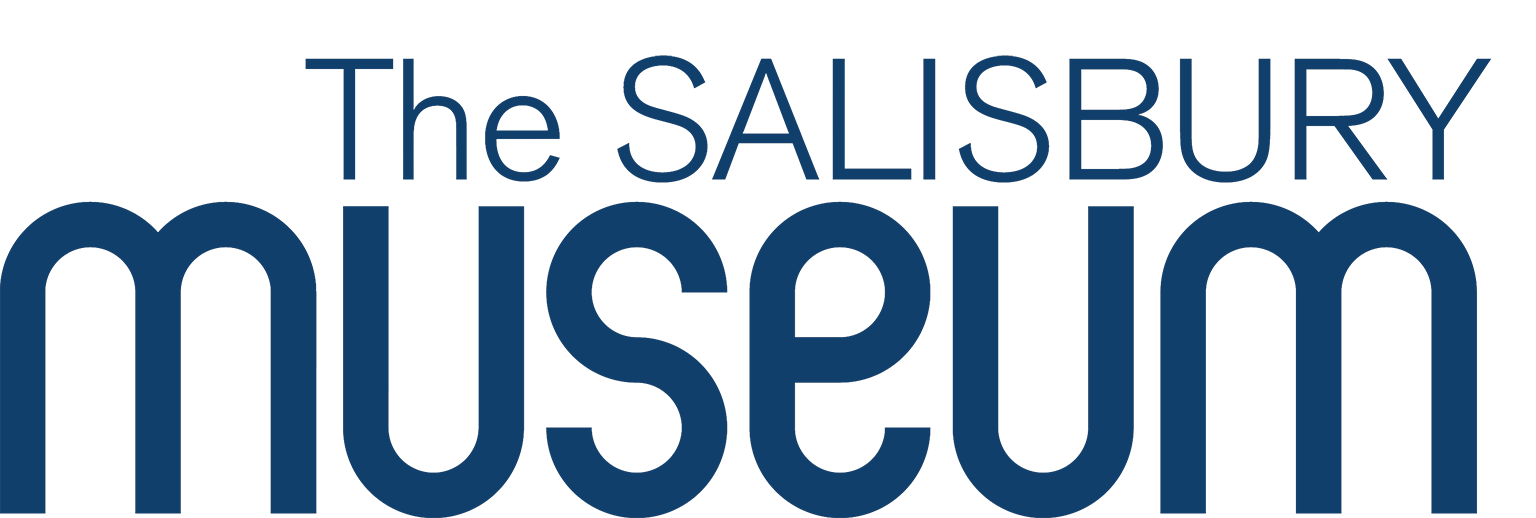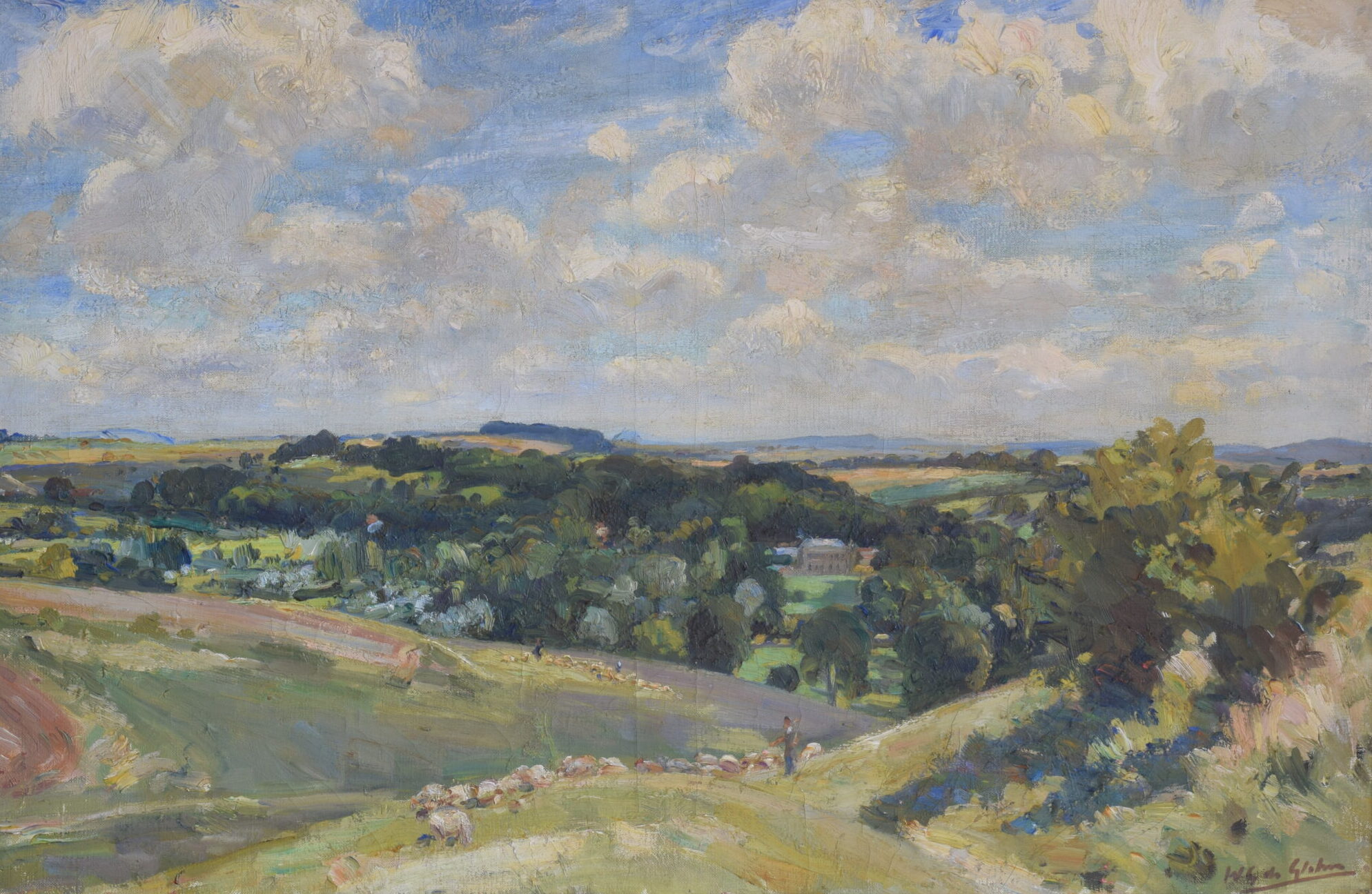Durrington Walls Grooved Ware Pot
Late Neolithic, 3,000–2,500BC
This vessel from Durrington Walls was reconstructed by the antiquarian Robert Newall. It has become the iconic late Neolithic vessel.
In 2011 a team from the University of York analysed over 100 grooved ware potsherds. They looked for chemicals which had absorbed into the pottery during cooking. The results showed the pots at Durrington were used to hold dairy products such as milk and animal fats from pigs and cattle which might represent a meaty stew.


